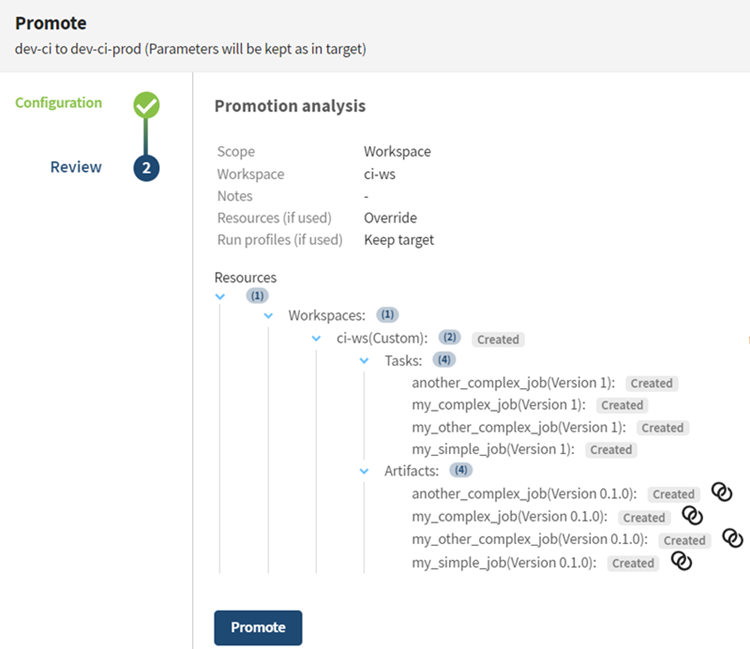Deploying to QA and Production environments for Cloud
In Talend Management Console, environments are self-contained spaces with the required resources (connections, engines, and so on) that allow the execution of Flows in isolation, with no impacts on other environments. Therefore, executions in the QA environment must not impact executions happening in the Production environment.

Talend allows you to create promotion pipelines using Talend Management Console or Talend Cloud Public API. These pipelines promote your cloud artifacts from a source to a target environment. For more information on the Talend Cloud API, see Talend Management Console User Guide.

Best practice: Once a feature is released or a bug is fixed, the best practice is to use GIT branches and tags to record this change of status. They are used to identify a specific version of a project at a given time, for example the feature that has been developed, tested, validated, and to identify the environment used to make the feature work (CommandLine/Job versions, project properties etc.).
Did this page help you?
If you find any issues with this page or its content – a typo, a missing step, or a technical error – let us know how we can improve!
